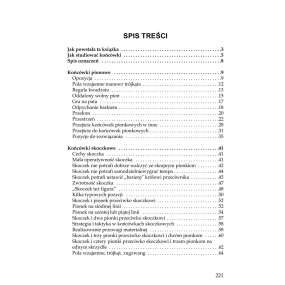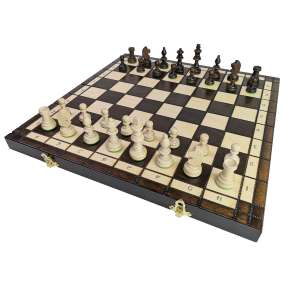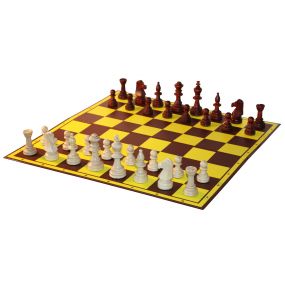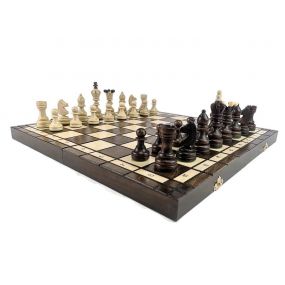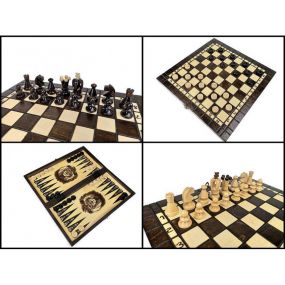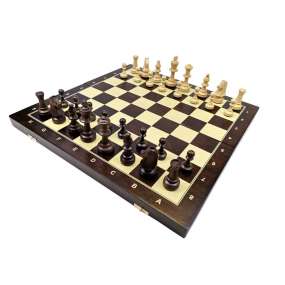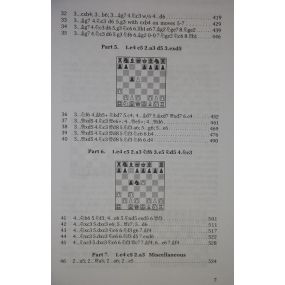006 Key to Symbols
009 Foreword by Le Quang Liem
010 Introduction
PART I - Alternatives to the modern major lines
015 Chapter 1 - Questionable setups for Black
019 Chapter 2 - Bird’s Defense
031 Chapter 3 - Schliemann Defense
053 Chapter 4 - Cozio Defense
073 Chapter 5 - Smyslov Defense
091 Chapter 6 - Classical Defense
111 Chapter 7 - Steinitz Defense
145 Chapter 8 - Norwegian Variation
151 Chapter 9 - Averbakh Variation
PART II - Berlin Defense
173 Chapter 10 - 4.0-0: Sidelines on move 4
179 Chapter 11 - 4.0-0: Sidelines on move 5 and 6
201 Chapter 12 – 4.0-0: Black plays 7...Nf5
239 Chapter 13 – 4.0-0: Black plays 7...Nxe5
303 Chapter 14 - 4.d3: Sidelines on move 4
315 Chapter 15 - 4.d3: Black plays 4...d6
337 Chapter 16 - 4.d3: Black plays 4...Bc5
PART III - Ruy Lopez Open Defense
391 Chapter 17 - Sidelines on move 6 and 7
405 Chapter 18 - White plays 8.Nxe5
425 Chapter 19 - White plays 8.dxe5 (9...Bc5 and 9...Nc5)
469 Chapter 20 - White plays 8.dxe5 (9...Be7)



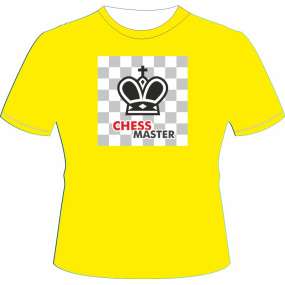


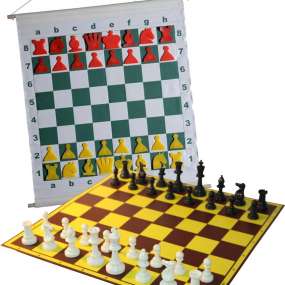

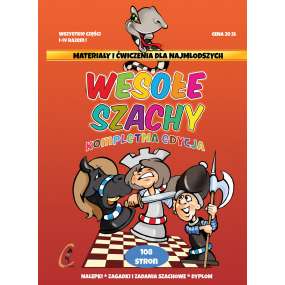











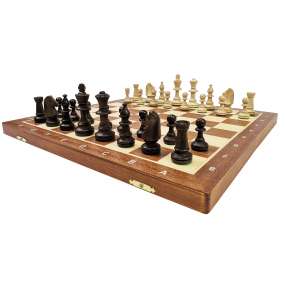





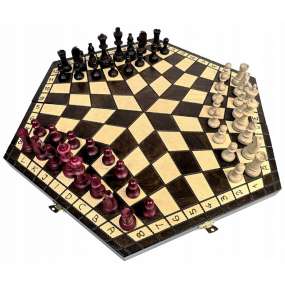



 Nowy elektroniczny zegar szachowy LEAP KK9908
Nowy elektroniczny zegar szachowy LEAP KK9908
